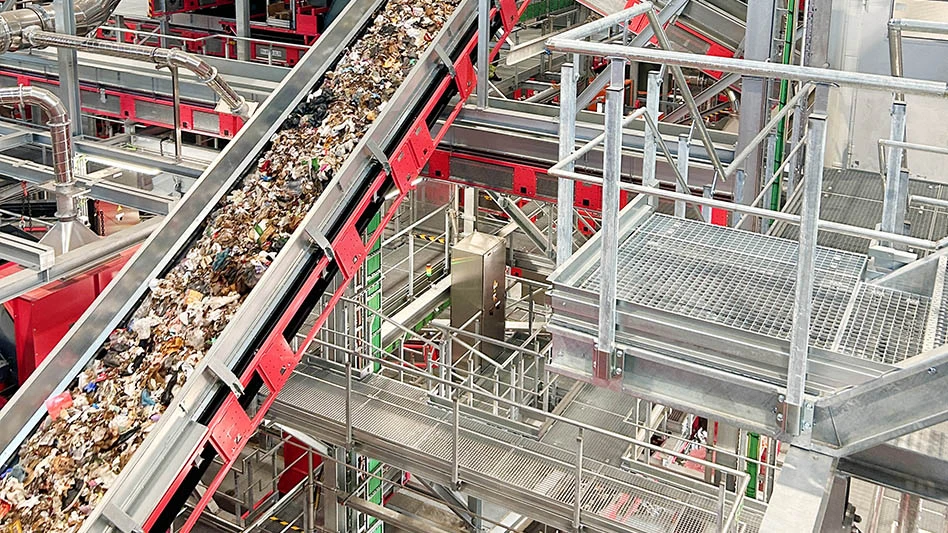
Researchers at the University of New Hampshire (UNH) have conducted two of the first studies in New England to collectively show that per- and polyfluoroalkyl substances (PFAS) end up in the environment differently after being processed through wastewater treatment facilities, reports Treatment Plant Operator magazine.
Given these new findings, researchers believe this can make it more challenging to set acceptable screening levels.
“PFAS are persistent substances that are not easily broken down and have been linked to adverse health effects,” says Paula Mouser, associate professor of civil and environmental engineering at UNH. “They are found in a wide variety of industrial, commercial and medicinal products and can end up in the body, human waste and the environment. If not managed correctly, they can be further distributed around the environment in landfills, waterways and even stabilized biosolids could be applied to agricultural fields as fertilizers.”
The researchers looked at the journey of 24 different PFAS through six New Hampshire wastewater treatment facilities—including those along the Great Bay Estuary near the New Hampshire Seacoast—to examine how they are distributed after being treated. PFAS come in two forms, long-chain and short-chain, which refers to the number of carbon atoms attached to fluorine in the compounds.
In their first study, the researchers found that short-chain PFAS ended up in the facility effluent, while long-chain PFAS were more abundant in the sludge due to their higher affinity toward solids.
After going through a range of biological and disinfectant processes in the municipal wastewater treatment facilities, Treatment Plant Operator reports that researchers found roughly 10 percent of the PFAS present in Great Bay could be traced back to the wastewater facilities.
This suggests other dominant PFAS sources are contributing to the waterways like septic systems, agricultural land and urban runoff (which can contain biosolids), groundwater discharge from contaminated sites and surface water runoff.
In the second study, UNH researchers used Maine’s screening levels to look at both PFAS and PPCPs in biosolids from wastewater treatment facilities in both New Hampshire and Vermont. Of the 39 biosolids reviewed in the sludge waste, 29 had PFAS levels that exceeded screening levels set by the Maine Department of Environmental Protection.
The researchers say the challenge is finding a safe and acceptable level for waste residue that doesn’t force facilities to deposit these solids in landfills, which would be enormously costly, fill up landfills faster than anticipated and possibly lead to the leaching of PFAS into landfill wastewater that may continue the cycle by returning the not easily broken-down chemicals right back to treatment facilities.
Latest from Waste Today
- IEG hires general manager of service
- FZUK announces new commercial director
- Small-scale WTE partnerships
- Northwest Natural Renewables proposes Ohio landfill project
- US Senate backs reduced cuts to EPA
- Waste Connections announces Q2 results
- Returnity and Cosmoprof to address reusable bag waste
- SWANA releases report on aging WTE facilities





